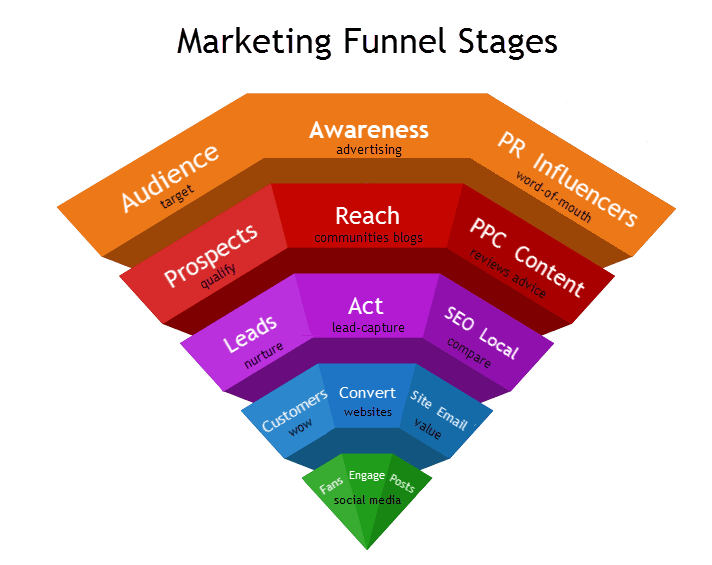Amazing Things AI Can Do for You AI tools like ChatGPT offer a remarkable range of capabilities, revolutionizing productivity, creativity, and problem-solving. Here are the top ten most popular and unique features, reordered to highlight the most widely used: 1. Improve Your Writing Skills AI is a top-notch writing assistant, refining grammar, improving style, and […]
Marketing Funnel Optimization
Digital Marketing Beyond SEO and marketing automation You’ve created a funnel, but it’s not working. Now what? If you thought you could set it and forget it, you’ve got another thing coming. That’s where funnel optimization comes in. Maximizing your conversion funnels can only happen when you experiment with each element of customer interaction, […]
Content is the fuel that engages your audience on social media.
Content is the fuel that engages your audience on social media. To engage (meaning) to succeed in attracting and keeping somebody’s attention and interest. Here are nine proven ways to create and share engaging social media content. Stop Using Text, Start Showing. … Use High-Quality Stock Photography. … Recycle Your Evergreen Content into Infographics. … […]
Tips from the Top Ten Inspirational Books
Tips from Ten Inspirational Books Find Your Element by Ken Robinson Start With Why by Simon Sinek Purple Cow by Seth Godin Tipping Point by Malcolm Gladwell Getting Things Done by David Allen The Seven Habits Of Highly Effective People by Stephen Covey The 4-Hour Workweek by Tim Ferriss The Innovator’s Dilemma by Clayton Christensen […]
Great Google Tools to Make Collaborating Online Easier
Over the past 18 years of its short lifespan, Google has created over 140 products, here are some Google tools that most people don’t talk about much, but would be extremely handy to use in a wide range of situations. Google Keep Google Keep is a beautifully designed, visual note-taking app that can help you […]




